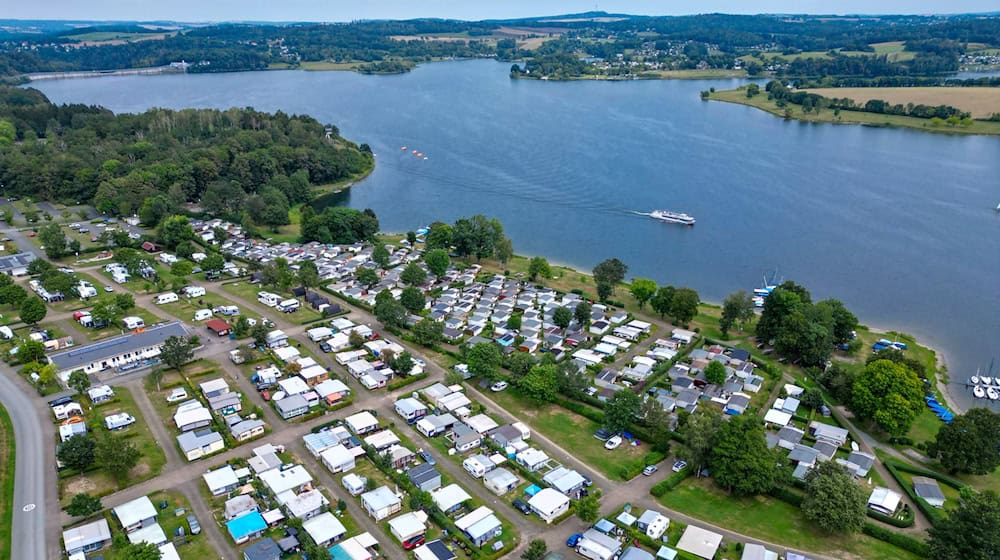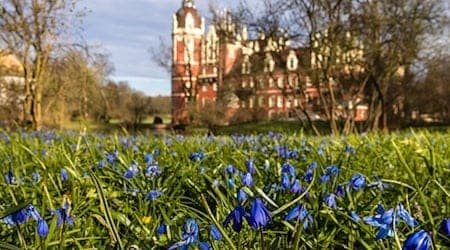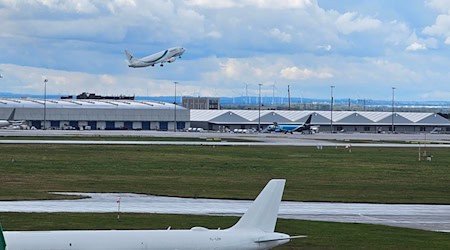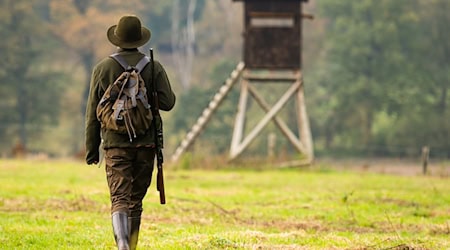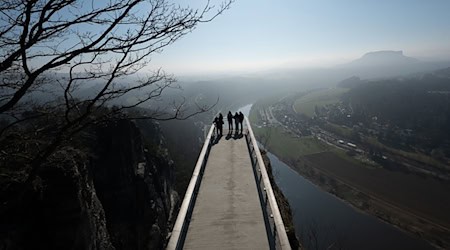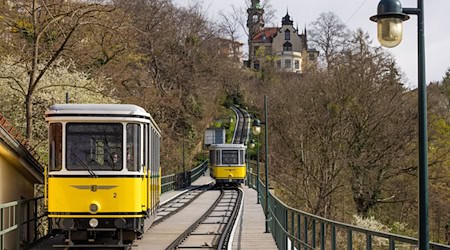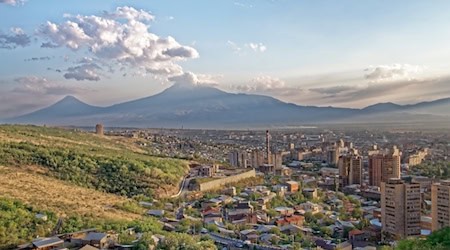Summer has taken a break this morning, but this hardly detracts from the holidaymakers at the Pöhl dam. Although the sunbathing lawns are deserted, several families and couples are waiting at the landing stage for a round trip on the MS Plauen. Others have decided to go on a tour of the climbing forest or take the dog for a walk. The vacations in Saxony are over, but a number of campers from southern Germany are now populating the Gunzenberg campsite. Like Katrin from Baden-Württemberg, who is spending a whole week here on vacation with her two small children in a camper van.
"For me, this is a homecoming vacation," she says - but only wants her first name to be mentioned. She is from the region, adds the young mother. "When I think back to the past, things have developed very well here."
The Pöhl Dam went into operation 60 years ago, and people have sought recreation here from the very beginning. The primary task of the dam is to protect against flooding and to compensate for low water levels in the Weiße Elster. "Tourism has to be subordinate to this," explains Elisabeth Blüml-Fuchs, Managing Director of the special-purpose dam association. But even before the dam wall was completed, wild camping had been practiced here - camping was officially permitted in 1965. Today, the dam is also boldly referred to as the "Vogtland Sea".
Lots of space for nudists too
After reunification, millions were invested in the area around the lake. Not only in the 4-star campsite, but also in the construction of the new jetty, parking spaces, sanitary facilities and leisure areas such as a beach volleyball court and playgrounds. There is also a golf course. There are six managed sunbathing lawns and a large nudist beach - at 2.5 kilometers, according to Blüml-Fuchs, the longest nudist beach in central Germany.
The dams are an important asset for tourism in the region, as Andreas Kraus, Managing Director of the Vogtland Tourism Association in Saxony and Thuringia, says. In addition to the Pöhl, these include the Pirk and Zeulenroda reservoirs. Unlike other lake regions, such as near Leipzig, the region is characterized by its low mountain range location and offers many other recreational activities for nature lovers, such as hiking and cycling, in addition to activities on and around the water. "The guests mainly come from within a 3-hour drive, but increasingly also from further afield, such as North Rhine-Westphalia, Hamburg or Holland."
Millions invested in Zeulenroda Dam
Tourism has experienced a strong upswing at the Zeulenroda Dam on the Thuringian side in recent years. While thousands of people spent their vacations there every year during the GDR era, bathing was later banned for a long time to protect the drinking water. This ban was only lifted in 2012. Since 2016, around 21 million euros have been invested around the lake, says the non-party mayor of Zeulenroda-Triebes, Heike Bergmann. A new promenade path has been created, a large stage and a vacation home development. Beach resorts have also been reactivated. Since then, the number of overnight stays has risen significantly, as well as many day visitors.
"We focus on gentle tourism," emphasizes Bergmann. That is why motorboats are taboo on the dam. The people who come here particularly appreciate the peace and quiet, the combination of water and forest and the cultural offerings in the region. One drawback, however, is that the popular Waikiki water park has been closed since the beginning of 2023 and, according to Bergmann, has since filed for bankruptcy. This means that the planned refurbishment is a long way off. "But I am hopeful that we will find a solution."
For the future, tourism professionals in the Vogtland are hoping that visitors will extend their stay and that more guests will come outside of the summer months. While Zeulenroda also has a lakeside hotel with year-round conferences and wellness offers, the Pöhl has some catching up to do out of season.
Tourists are planning a new adventure center
A new adventure center, which is estimated to cost around twelve million euros, is intended to remedy the situation. It is intended to replace the panorama restaurant, popularly known as the "Elephant Loo", which is in need of renovation. A new restaurant with an outdoor terrace and separate event and conference area is planned - for example for larger company and family celebrations. Exhibition rooms and a pedal boat, rowing boat and stand-up paddle board hire facility are also planned, as well as public toilets and a shower area for sporting events.
In addition to year-round catering, the tourism experts hope that this will extend the season for camping on the lake from 7 to 10 months. But finding an investor is not the only challenge. Above all, the necessary conversion of the water and wastewater supply is a major hurdle, explains Blüml-Fuchs.
From the point of view of District Administrator Thomas Hennig, the project would bring further momentum so that the mark of 500,000 visitors a year at the Pöhl could be broken. The CDU politician is also hoping for more continuity for the catering trade and the workforce. Construction is currently not expected to start before 2030, according to the information provided.
Hennig is not short of other ideas for tourism development on the Pöhl. A sauna village or an area with so-called Tiny Houses, which are rented out all year round, are also conceivable.
Copyright 2024, dpa (www.dpa.de). All rights reserved

